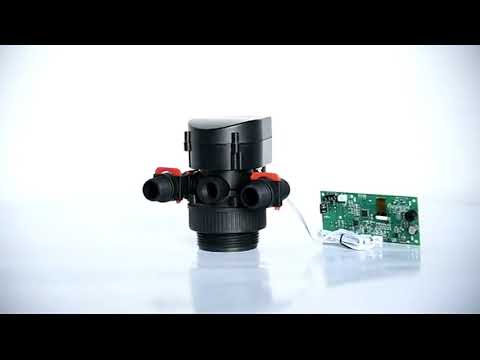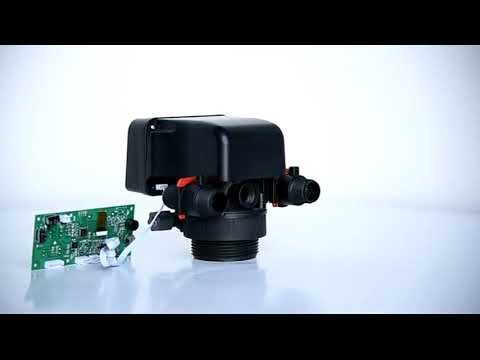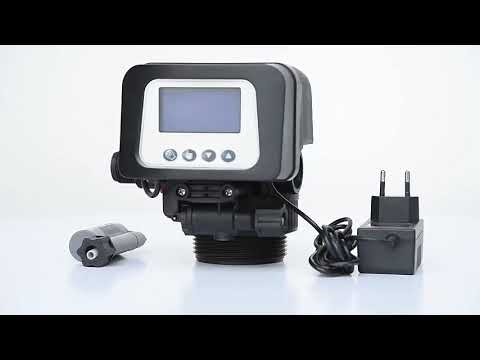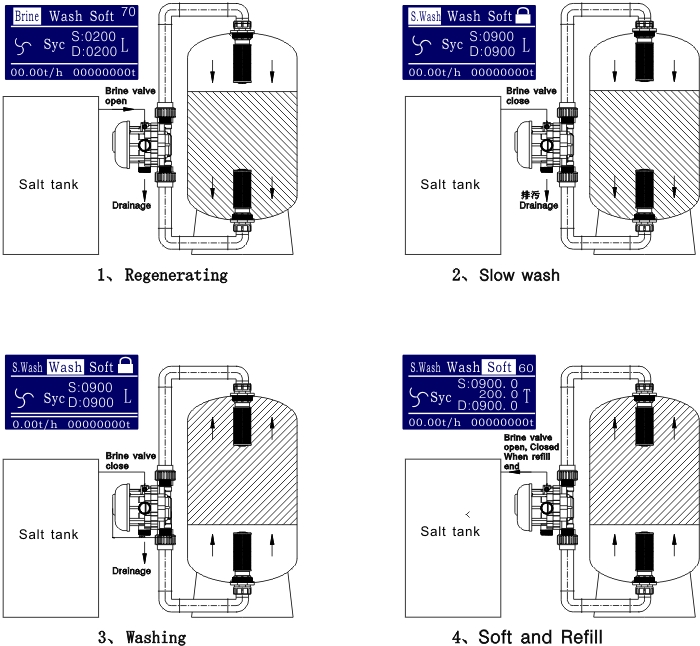“Unlock the power of soft water with a simple twist: turn on the bypass valve.”
Table of Contents
Benefits of Using a Bypass Valve on Your Water Softener
Water softeners are essential appliances in many households, as they help to remove minerals such as calcium and magnesium from hard water. However, there may be times when you need to bypass your water softener, such as during maintenance or when using water for outdoor purposes that do not require softening. In these situations, having a bypass valve installed on your water softener can be incredibly useful.
One of the main benefits of using a bypass valve on your water softener is that it allows you to easily divert water away from the softening system. This can be particularly handy when you need to perform maintenance on your water softener, as it allows you to shut off the flow of water to the softener without disrupting the water supply to the rest of your home. By simply turning the bypass valve, you can ensure that your water softener is not in use while you work on it.
Another advantage of having a bypass valve on your water softener is that it can help to extend the life of the softening system. By bypassing the water softener when it is not needed, you can reduce the wear and tear on the system, ultimately prolonging its lifespan. This can save you money in the long run, as you will not need to replace your water softener as frequently.

Additionally, using a bypass valve on your water softener can also help to conserve salt and water. When you bypass the softening system, you are not using any salt or water to soften the water that is flowing through it. This can be particularly beneficial if you are using water for outdoor purposes, such as watering your garden or washing your car, as you do not need to waste salt and water on water that does not need to be softened.
To turn the bypass valve on your water softener, you will first need to locate the valve itself. This is typically located on the back of the water softener unit, near the inlet and outlet pipes. The bypass valve will have two positions: one for normal operation and one for bypass mode. To turn the bypass valve on, simply turn the valve handle to the bypass position. This will divert water away from the softening system and allow it to flow through without being softened.
When you are ready to return to normal operation, simply turn the bypass valve back to the normal position. This will allow water to flow through the softening system and be softened as usual. It is important to remember to always turn off the water supply to your water softener before turning the bypass valve, to avoid any potential leaks or damage to the system.
In conclusion, using a bypass valve on your water softener can provide a range of benefits, from making maintenance easier to conserving salt and water. By understanding how to turn the bypass valve on your water softener, you can ensure that you are able to effectively manage your water softening system and prolong its lifespan.
Step-by-Step Guide on How to Turn On the Bypass Valve on Your Water Softener
Water softeners are essential appliances in many households, as they help to remove minerals such as calcium and magnesium from the water supply. This not only improves the taste of the water but also prevents mineral buildup in pipes and appliances. However, there may be times when you need to bypass the water softener, such as during maintenance or repairs. In this article, we will provide a step-by-step guide on how to turn on the bypass valve on your water softener.
First, it is important to locate the bypass valve on your water softener. This valve is typically located near the control head of the softener and is used to divert water around the softening resin. The bypass valve may be a lever or a knob, depending on the make and model of your water softener.
Once you have located the bypass valve, the next step is to turn off the water supply to the softener. This can usually be done by turning a valve located on the incoming water line to the softener. It is important to shut off the water supply before turning on the bypass valve to prevent any water from flowing through the softener.
After shutting off the water supply, you can now turn the bypass valve to the “bypass” position. This will divert the water around the softening resin and allow it to flow through the plumbing system without being softened. The bypass position is typically indicated by a label or arrow on the valve.
Once the bypass valve is in the correct position, you can turn the water supply back on. You should now have water flowing through the plumbing system without being softened by the water softener. It is important to check for any leaks or unusual noises after turning on the water supply to ensure that the bypass valve is functioning properly.
| fixed bed GR large | ||||
| Model | GR15 Side/Top | GR20 Side/Top | GR40 Side/Top | GR50 |
| Output Max | 18T/H | 25T/H | 48T/H | 70T/H |
If you need to turn off the bypass valve and resume normal operation of the water softener, simply follow the same steps in reverse. Turn off the water supply, turn the bypass valve back to the normal position, and then turn the water supply back on. Your water softener should now be back in operation, softening the water as it flows through the system.
In conclusion, knowing how to turn on the bypass valve on your water softener is an important skill for any homeowner. Whether you need to perform maintenance on the softener or simply want to bypass it temporarily, following these simple steps will allow you to do so safely and effectively. By familiarizing yourself with the location and operation of the bypass valve, you can ensure that your water softener continues to function properly for years to come.







